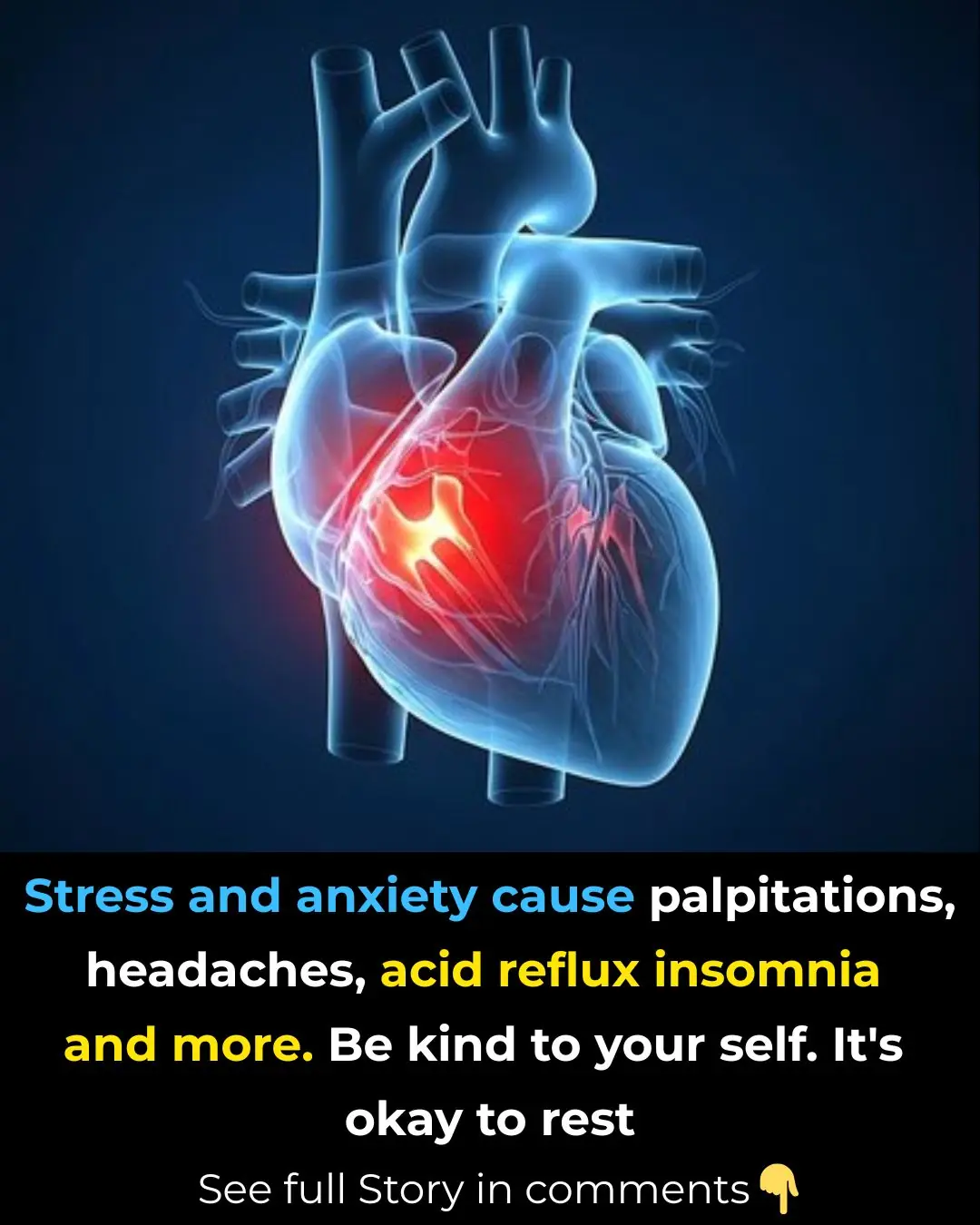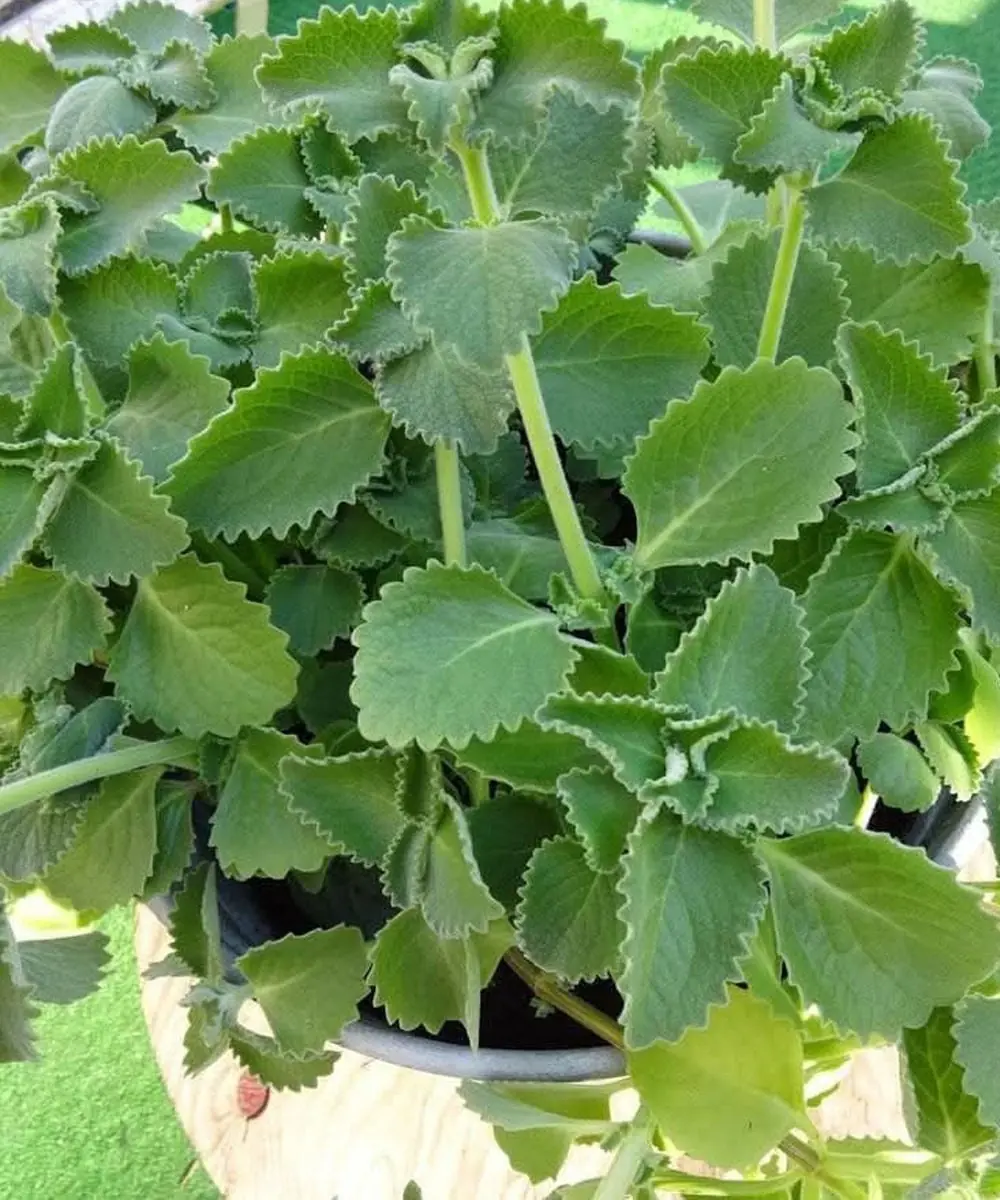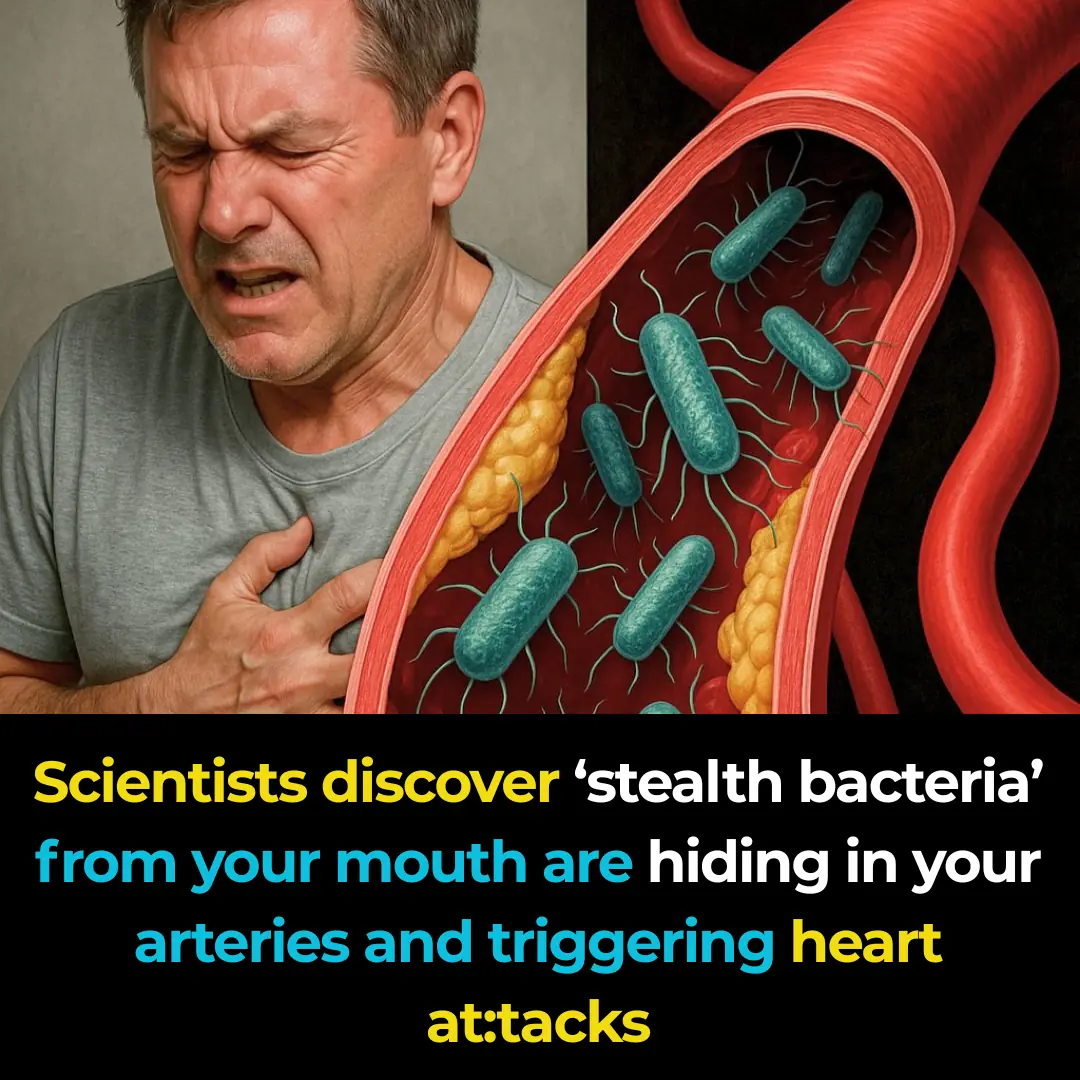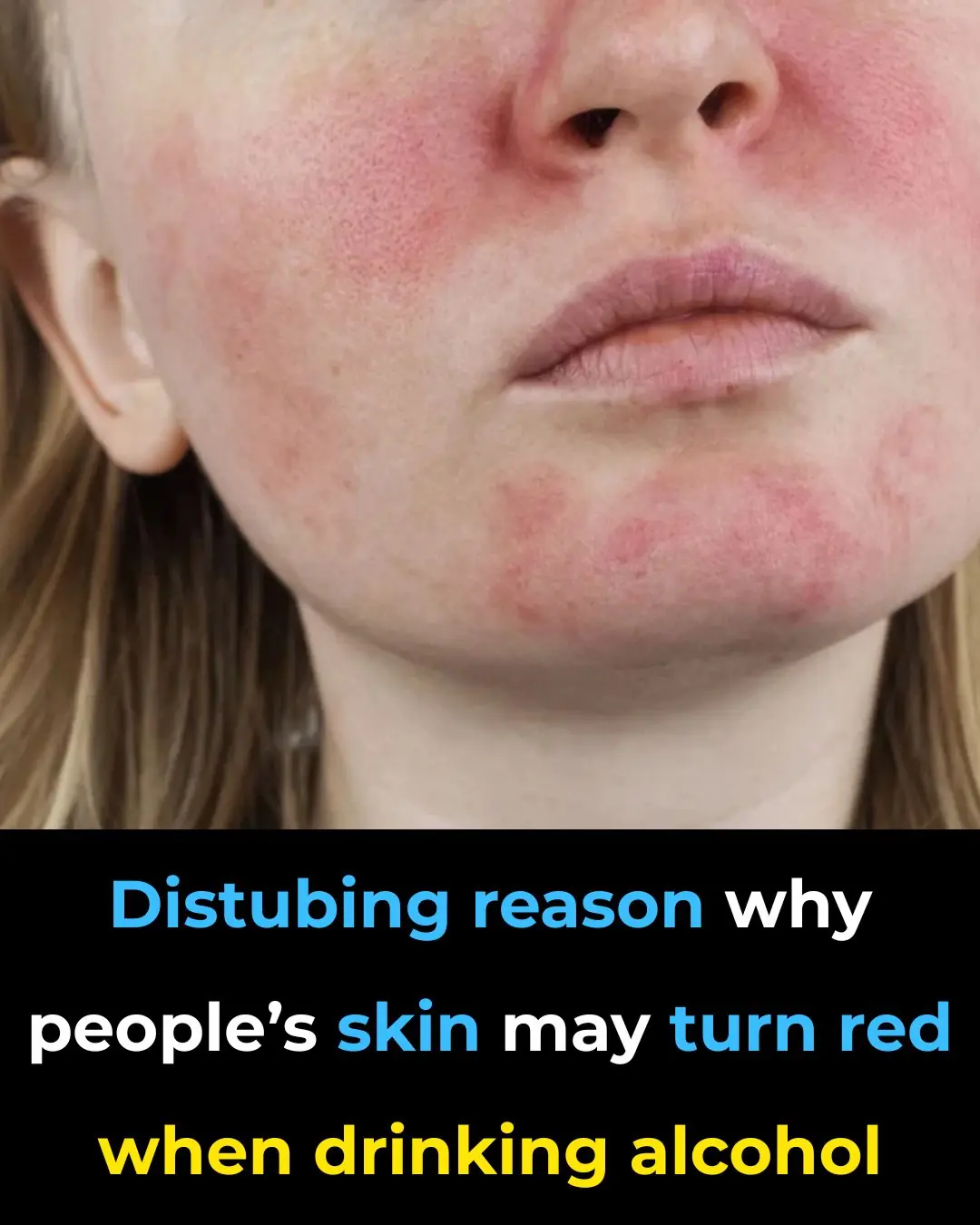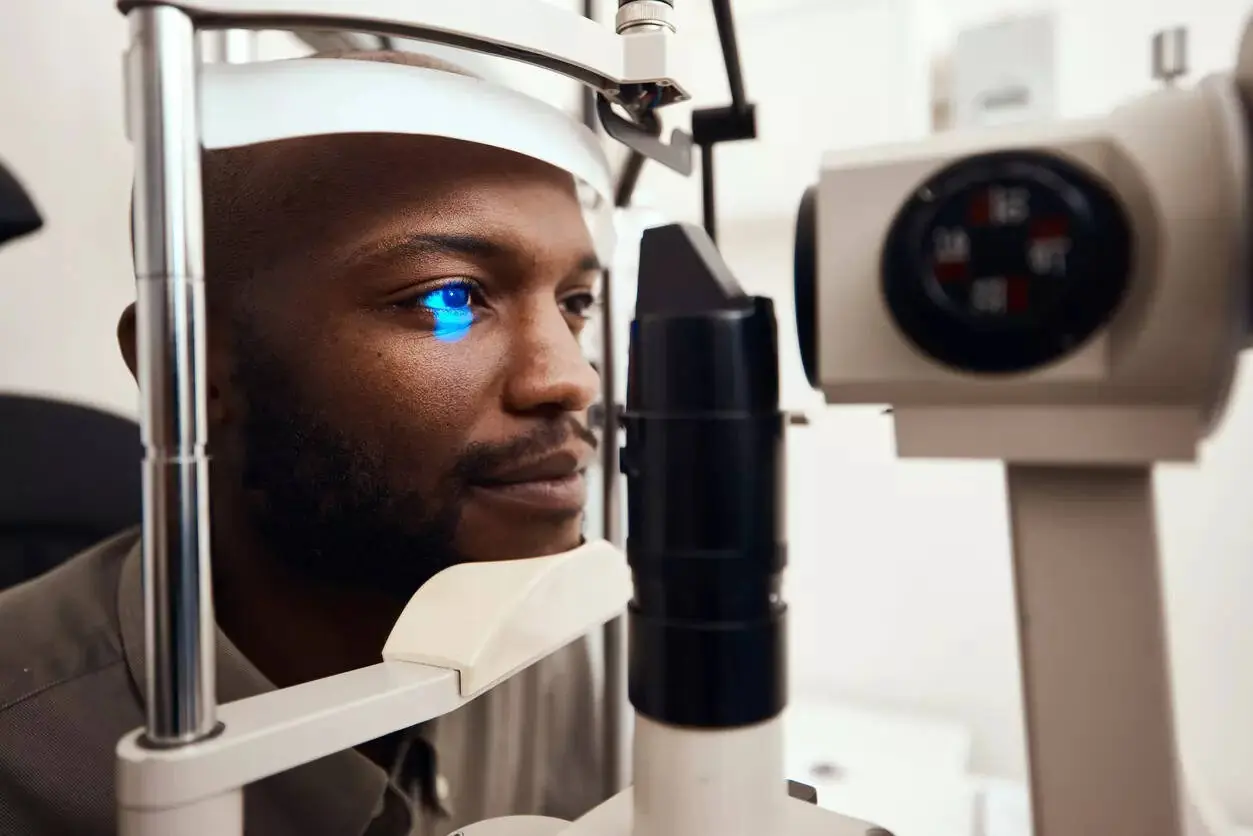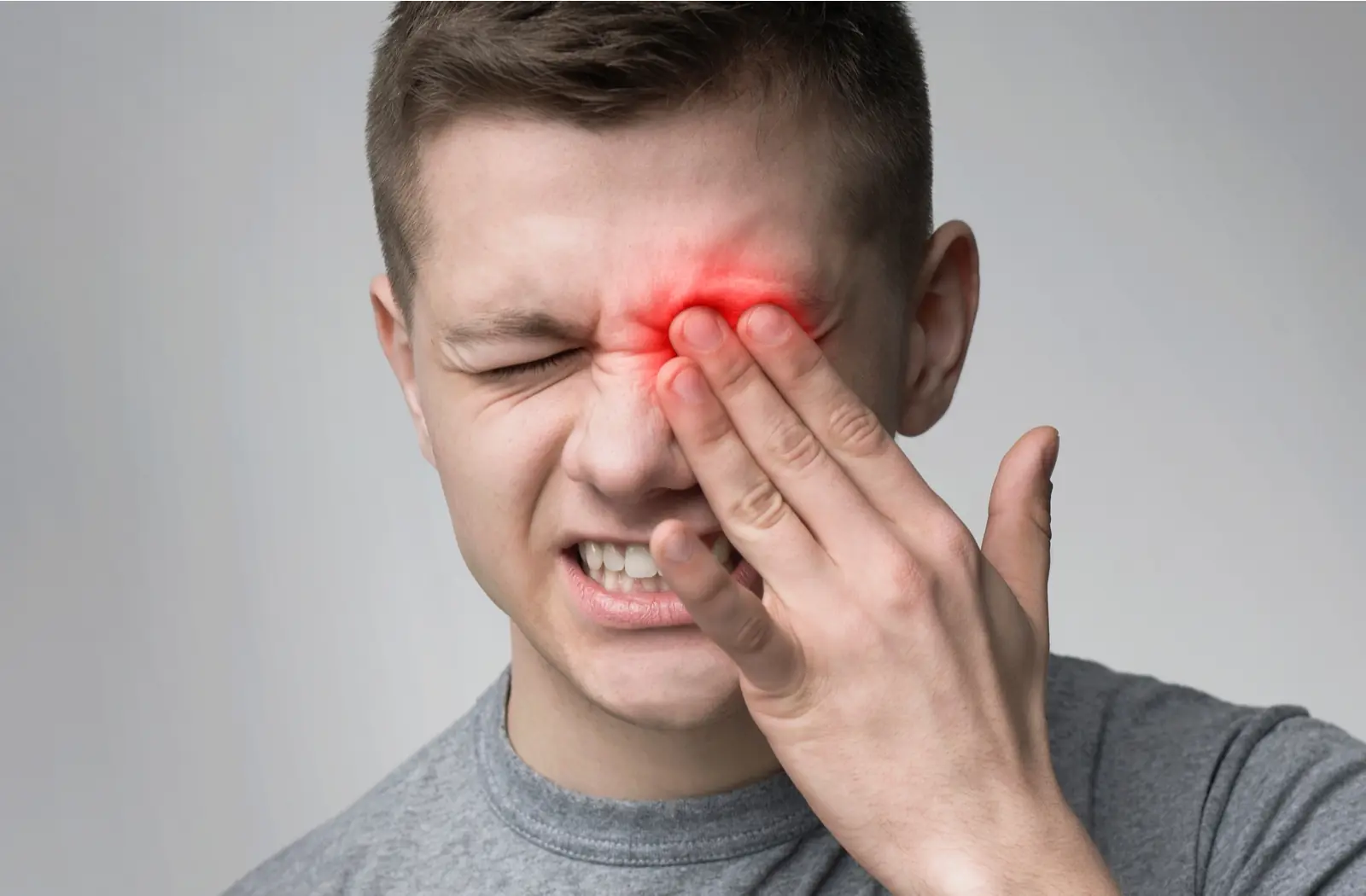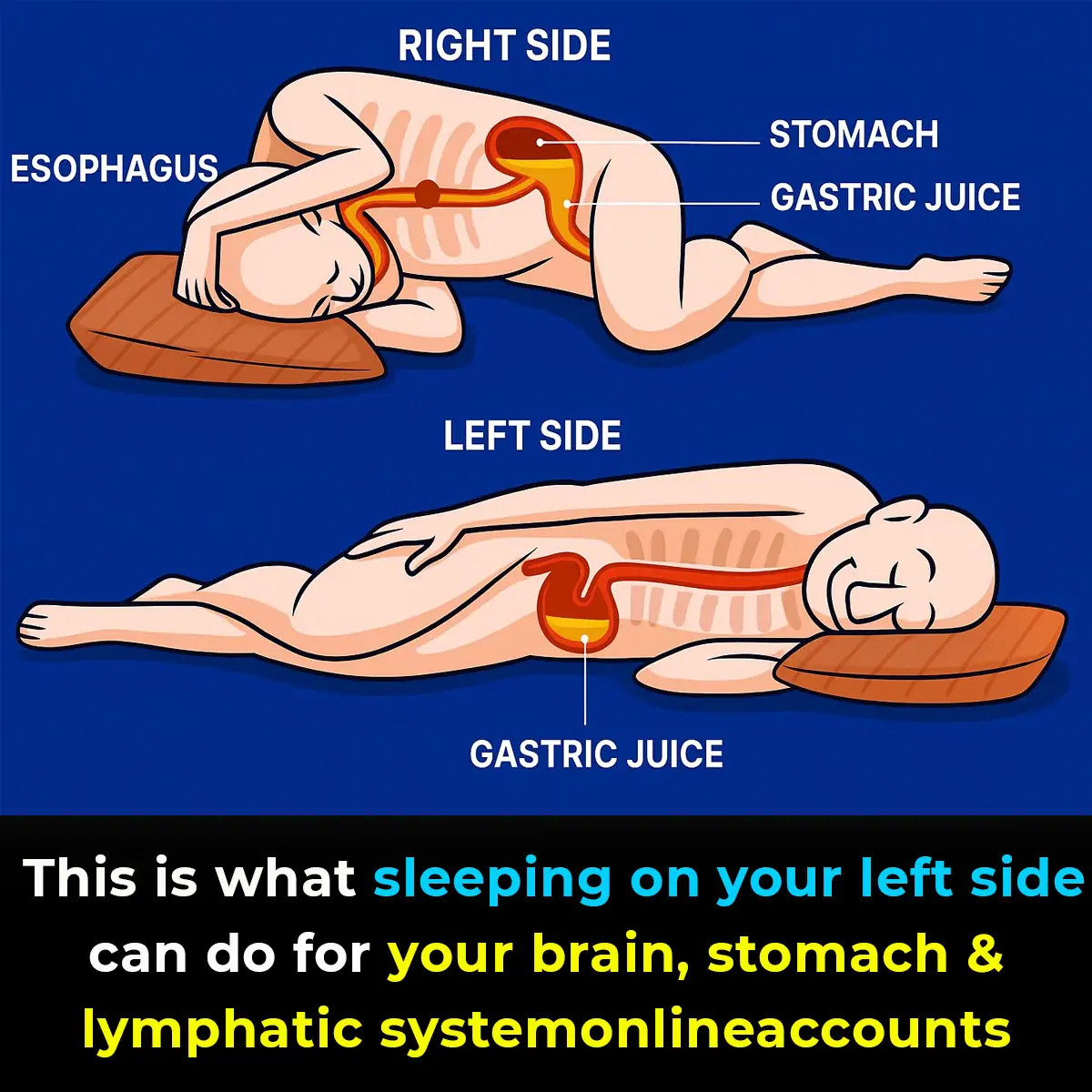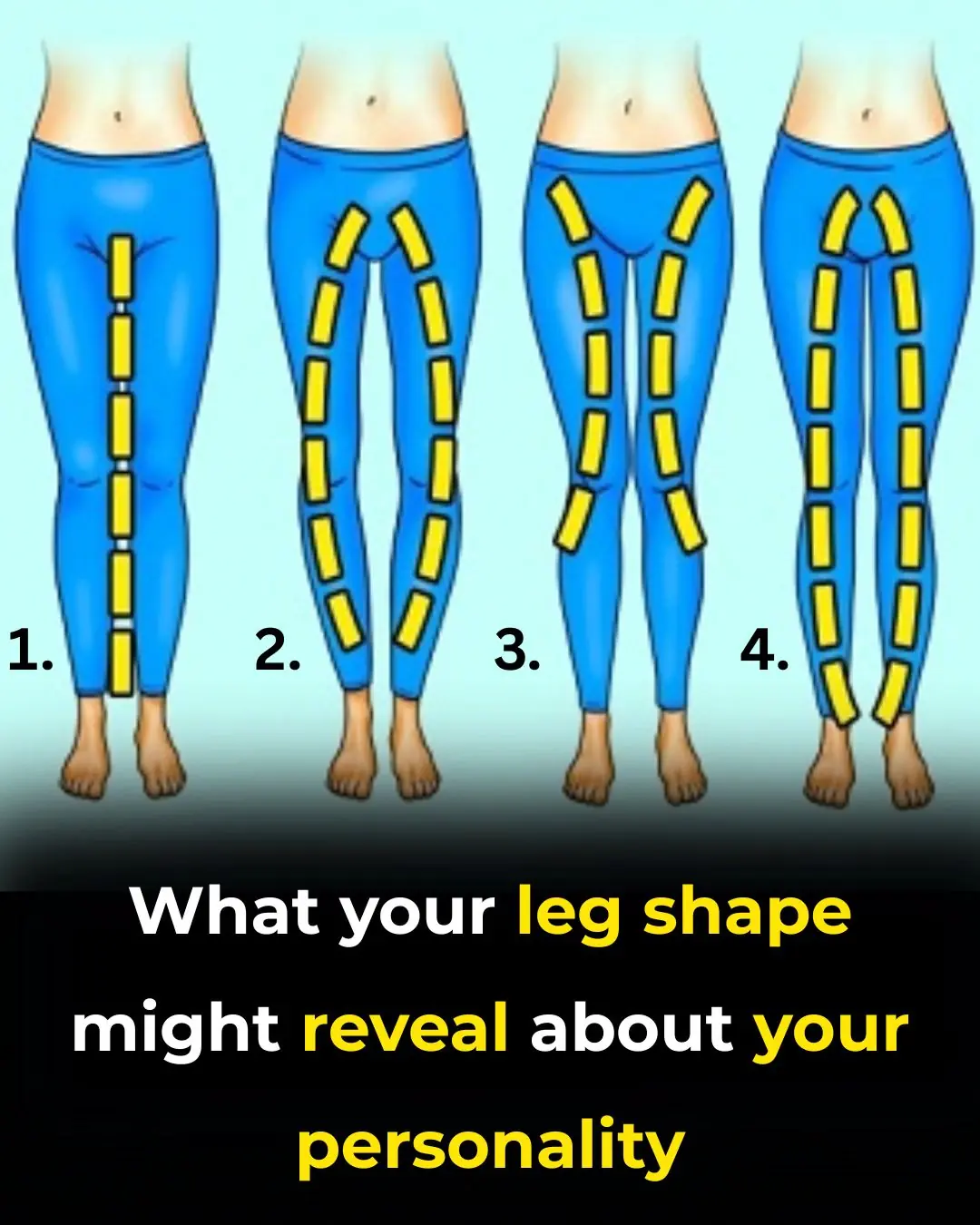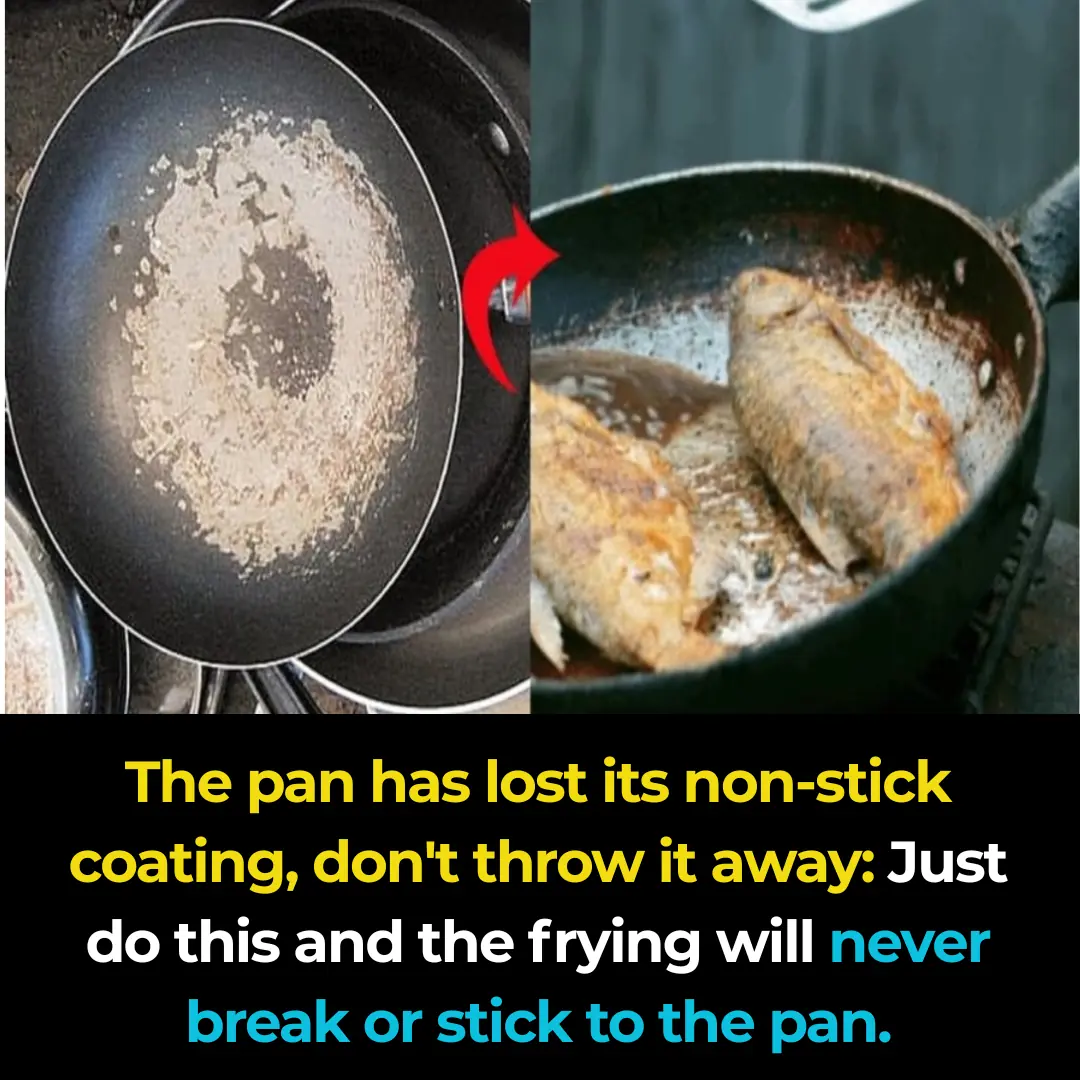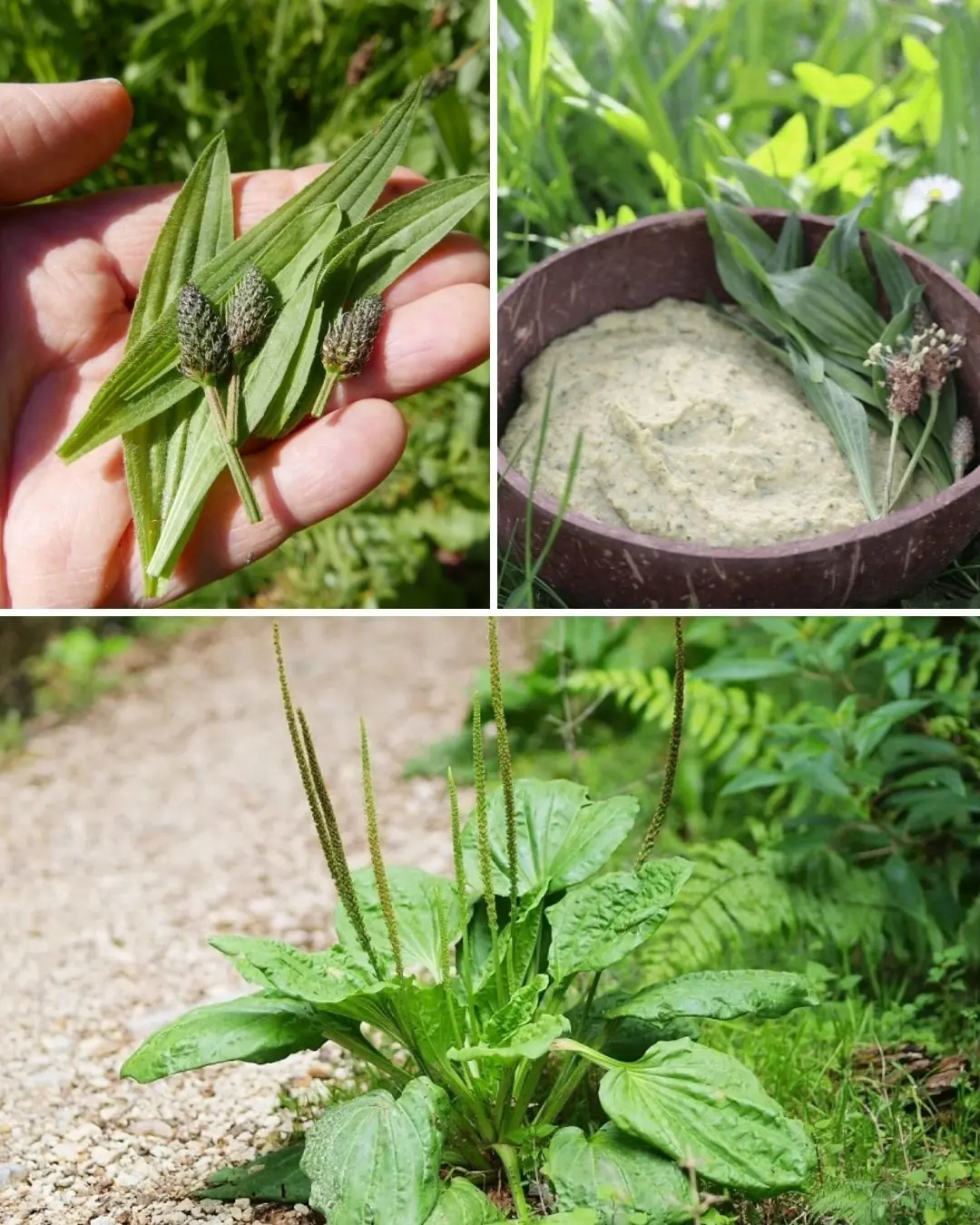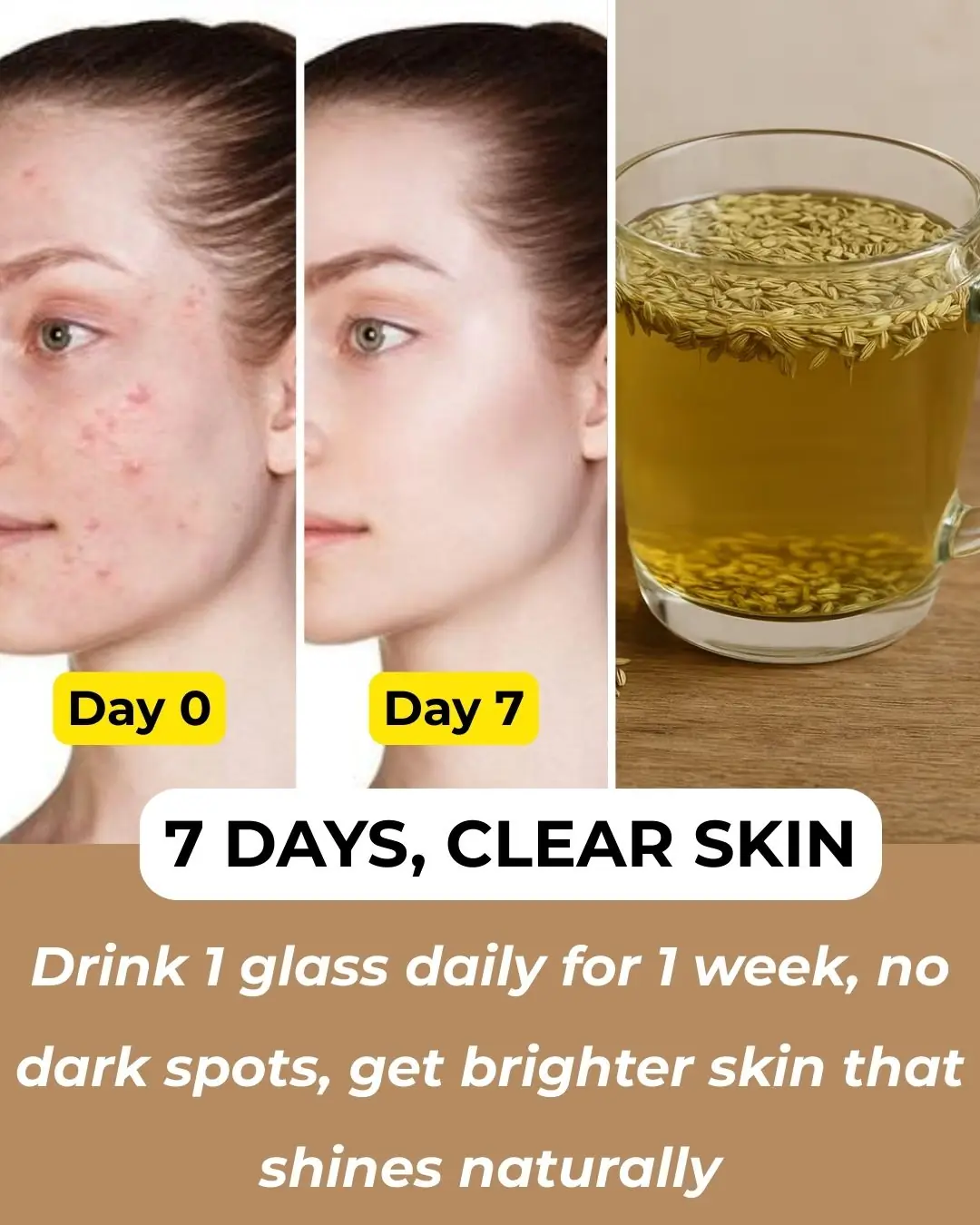Summer is a season of sunshine, fun, and outdoor adventures—but it also attracts some unwelcome guests. Alongside mosquitoes and ticks, another insect is drawing concern: the kissing bug. Despite its gentle-sounding name, this creature poses a very real
Kissing bugs, known scientifically as triatomines, are nocturnal insects that feed on the blood of both humans and animals. By day, they stay hidden in places like cracks, woodpiles, or animal nests, but once night falls, they come out to feed—most often when people are asleep. Their saliva contains a natural numbing agent, making their bites nearly painless and easy to miss until redness or irritation shows up.
These insects are particularly attracted to the carbon dioxide we breathe out, which is why they often bite the face, especially near the eyes and mouth—earning them the unsettling nickname “kissing bugs.” While they are commonly found in wooded areas or near bird and rodent nests, they can also enter homes through damaged window screens, wall cracks, or poorly sealed doors.
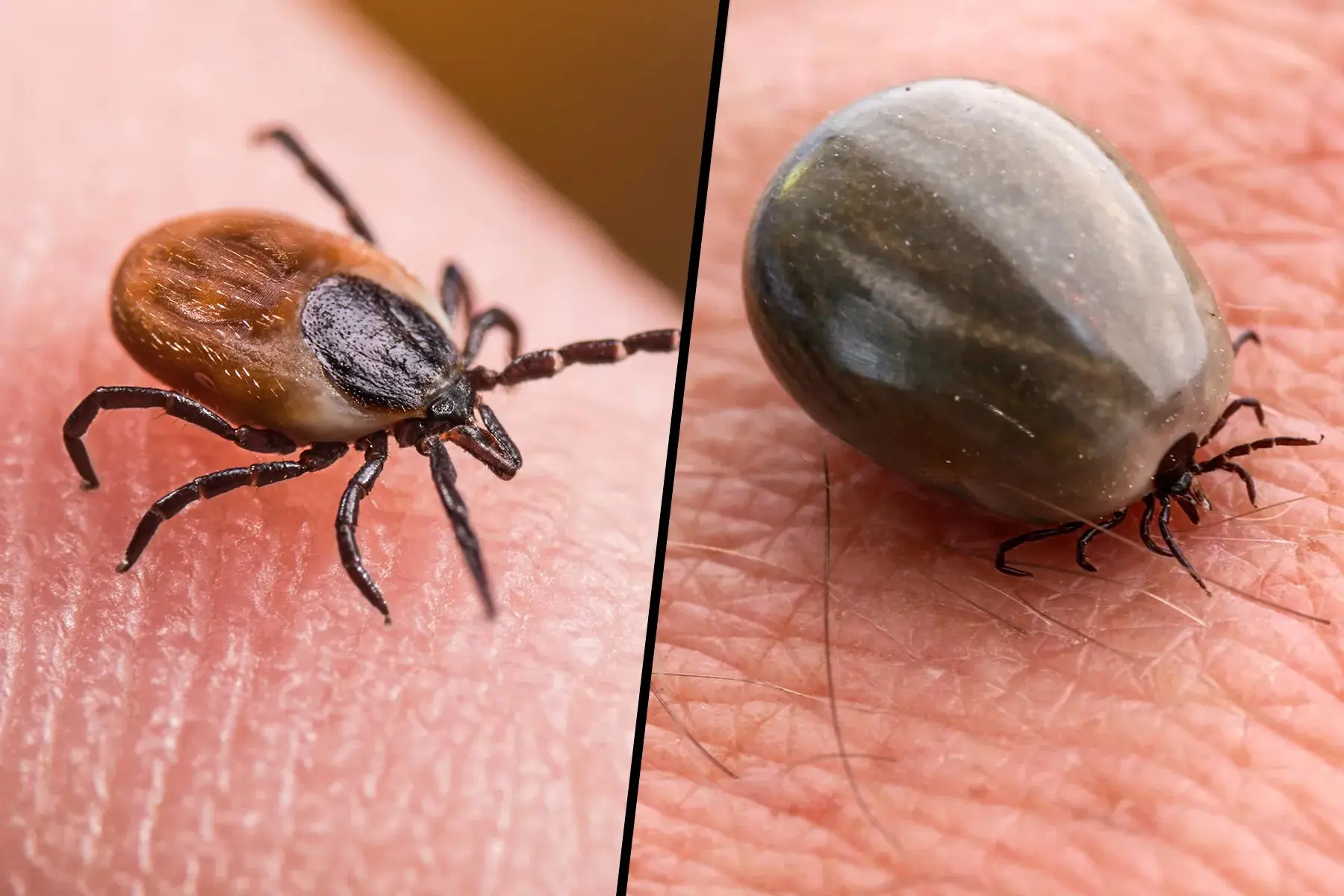
Why Are Kissing Bugs Dangerous?
Although they can resemble beetles or other insects, kissing bugs have distinct features that set them apart:
- Long, oval-shaped body with six legs
- Cone-shaped head with prominent antennae
- Dark brown to black body with orange, yellow, or red markings
- Roughly the size of a U.S. penny (about 1 inch long)
Spotting one of these insects near your home should raise immediate concern, especially in regions where Chagas disease is more common.
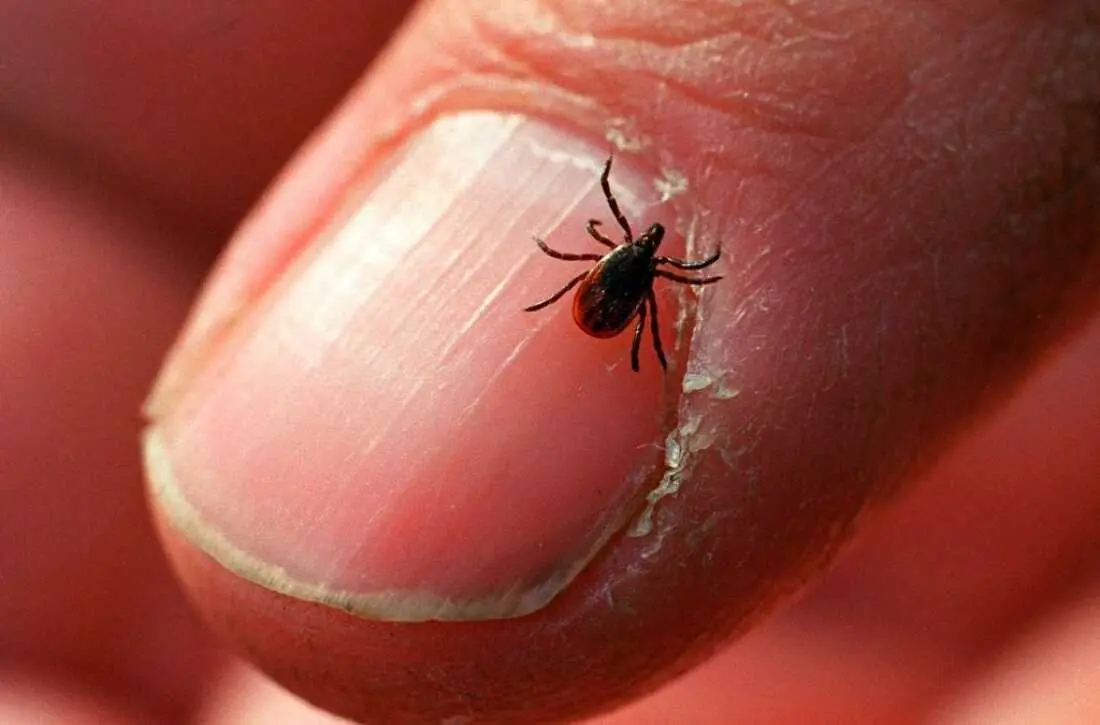
Symptoms of Kissing Bug Bites
Most people do not immediately notice kissing bug bites, since they are painless. However, clusters of small bites may later appear near the lips, cheeks, or eyes. While some individuals experience nothing more than minor irritation, others may develop allergic reactions. Symptoms can include redness, swelling, itching, or in severe cases, hives and breathing difficulties that require urgent medical care.
The Health Risk: Chagas Disease
The most alarming threat linked to kissing bugs is Chagas disease, caused by the parasite Trypanosoma cruzi. Transmission occurs when the insect defecates near the bite wound, and the parasite enters the body through broken skin or mucous membranes. This often happens when a person unknowingly rubs their eyes or mouth after contact with the bug.
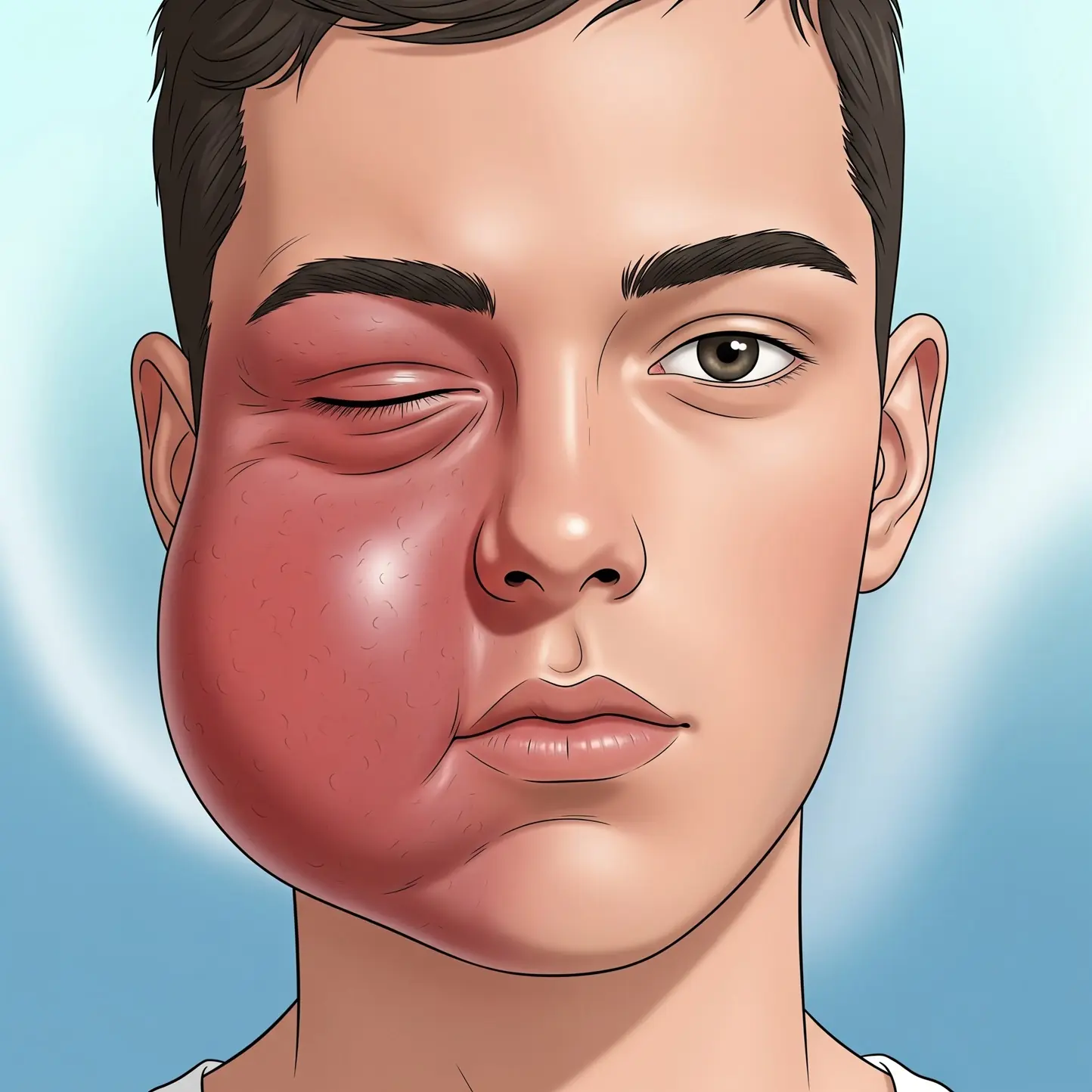
Phases of Chagas Disease:
- Acute Phase: Lasts several weeks. Symptoms may include fever, fatigue, rash, swollen lymph nodes, and body aches. Children may develop Romaña’s sign—swelling around one eye—an early warning signal of the infection.
- Chronic Phase: After the initial symptoms fade, the parasite can linger in the body for decades. Most people remain symptom-free, but about 20–30% later develop serious health complications such as heart failure, arrhythmias, or digestive disorders caused by an enlarged colon or esophagus.
Treatment Options
Early detection is critical. Antiparasitic medications like nifurtimox and benznidazole are effective during the acute phase, though they are not always easy to access in the United States. Once the disease progresses into its chronic stage, treatment mainly focuses on managing complications rather than eliminating the infection. This is why prompt medical attention is vital after exposure.
How to Prevent Kissing Bug Infestations
Since prevention is the best defense, homeowners can take several steps to reduce the risk of kissing bugs entering their living spaces:
- Repair or replace torn window and door screens
- Seal cracks in walls, roofs, and flooring
- Keep outdoor areas clean by removing brush, rock piles, and fallen branches
- Reduce outdoor lighting at night, which attracts insects
- Use treated bed nets and insect-repellent curtains in high-risk areas
- Never crush a kissing bug with bare hands—place it in a sealed container with rubbing alcohol or freeze it instead
- Clean any surface that has come in contact with the insect using rubbing alcohol or diluted bleach
When to Seek Medical Help
While most kissing bug bites do not result in Chagas disease, it’s important to remain cautious. Seek medical advice if you:
- Live in or have traveled to regions where Chagas disease is known to occur and notice bites on your face
- Experience flu-like symptoms following a bite
- Have an allergic reaction, including hives, severe swelling, or difficulty breathing
- Suspect an infestation inside your home
Final Thoughts



